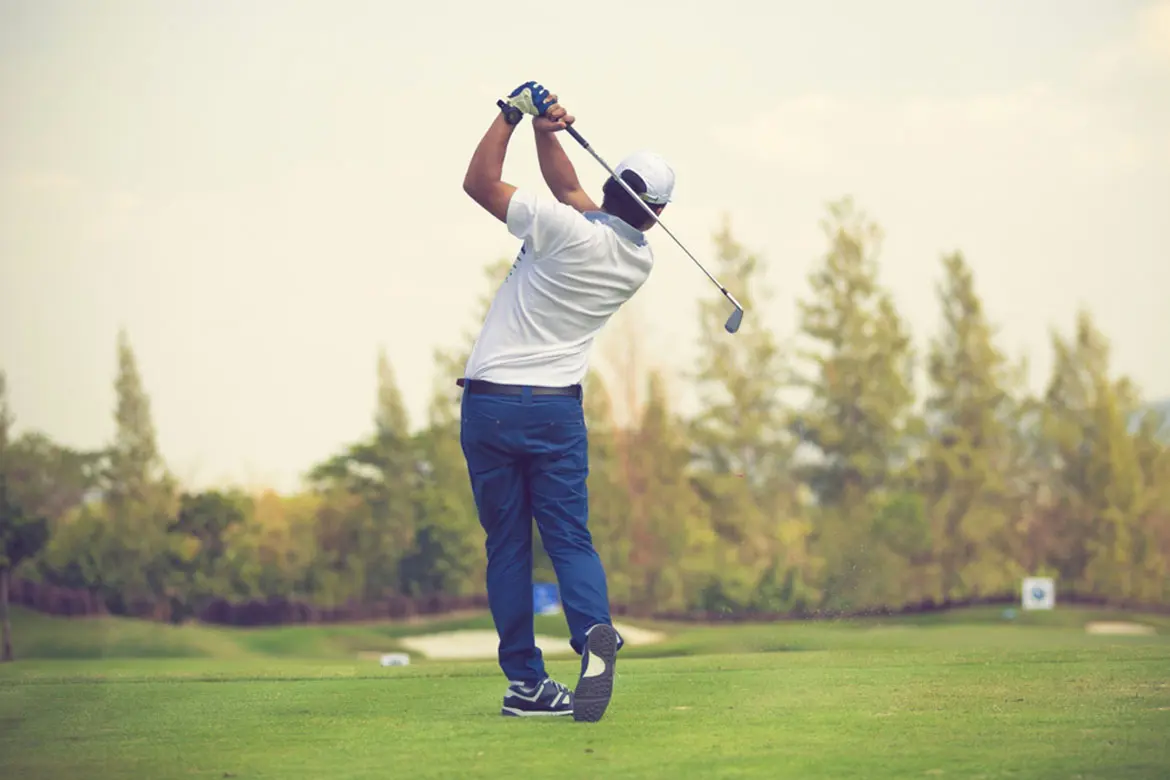Some injuries are evident, while others creep up slowly and progressively get worse. The average sports enthusiast tends to overlook early signs of an injury.
Dr Chua Soo Yong, orthopaedic surgeon at Mount Elizabeth Hospital, advises how to tell if you are injured and when you need to see a doctor.
Even as we exercise caution while working out, sports injuries can still happen. It is tempting to brush off minor symptoms, but here are some warning signs you should never neglect.
Numbness or tingling
The symptoms of numbness or tingling are often related to nerve compression. This is one of the more serious signs to suggest that you might have sustained a severe injury. Never ignore numbness or tingling. Often, these symptoms may indicate a serious injury and should always be seen by a physician.
Joint pain
We may sometimes feel joint pain in our regular daily activities, such as climbing the stairs or squatting. This could be a sign that something is structurally damaged or injured within the joint.
Normally, joint pains that are not significant should resolve within 6 weeks. If your pain persists beyond that, it may be a sign that something is wrong. Joints that are superficial and not covered by thick muscles, such as the knee, ankle, elbow and wrist, tend to exhibit point tenderness, ie. pain when pressed in a specific area.
You can usually tell that this joints are injured if they have specific areas which are painful when pressed.
Swelling
Many sports injuries, when serious enough, can cause swelling. Swelling is sometimes visually obvious, but it isn't always easy to spot. You may occasionally feel swelling or tightness without any obvious signs. This is particularly the case when the swelling occurs within a joint.
Often, swelling within a joint will cause pain, stiffness, tightness or a reduced range of motion. If an injury within a joint has caused some structural damage, there may be an associated clicking or grinding feeling, or perhaps a feeling of the joint being locked or jammed intermittently.
Tenderness
If you can elicit pain at a specific point by pressing your finger into the area, you may have a significant injury, especially if this tenderness is in the area of a bone, muscle or joint. One of the easiest ways to test for tenderness is to press the same place on both sides of your body – if you don't feel pain on the non-injured side, you have a pretty clear signal that something could be wrong.
Limited range of movement
If there isn't any obvious swelling, you can usually tell when your joint is injured by checking if your range of motion is reduced. When there is significant injury of a joint, you will usually experience compromised range of movement of that joint.
Again, the best way to check if you've sustained an injury is to compare the injured joint with the other. If only one side has limited movement, a serious injury could be present.
Weakness
When you feel weak while moving a limb or muscle – especially if this occurs after pain – it could mean that a muscle or tendon could have torn, resulting in the lack of strength in that area of your body. A specialist should be consulted to determine the extent of the injury.
Instability
If your joint feels unstable – and this instability persists or develops after an initial painful episode – this could indicate a serious ligament injury. If you feel that your joint, eg. your knee, is unstable when doing certain activities like running or climbing the stairs, do seek a professional opinion to ascertain if there is indeed a torn ligament.
If you recognise any of the above warning signs, the goal is to prevent further damage. Don't let the problem continue or worsen.
If you can identify the cause of the injury (eg. improper training methods or poorly-fitting equipment), you can begin to remedy the situation. If you have any of the above warning signs, it is advisable to limit your physical activity and seek treatment as soon as possible.












